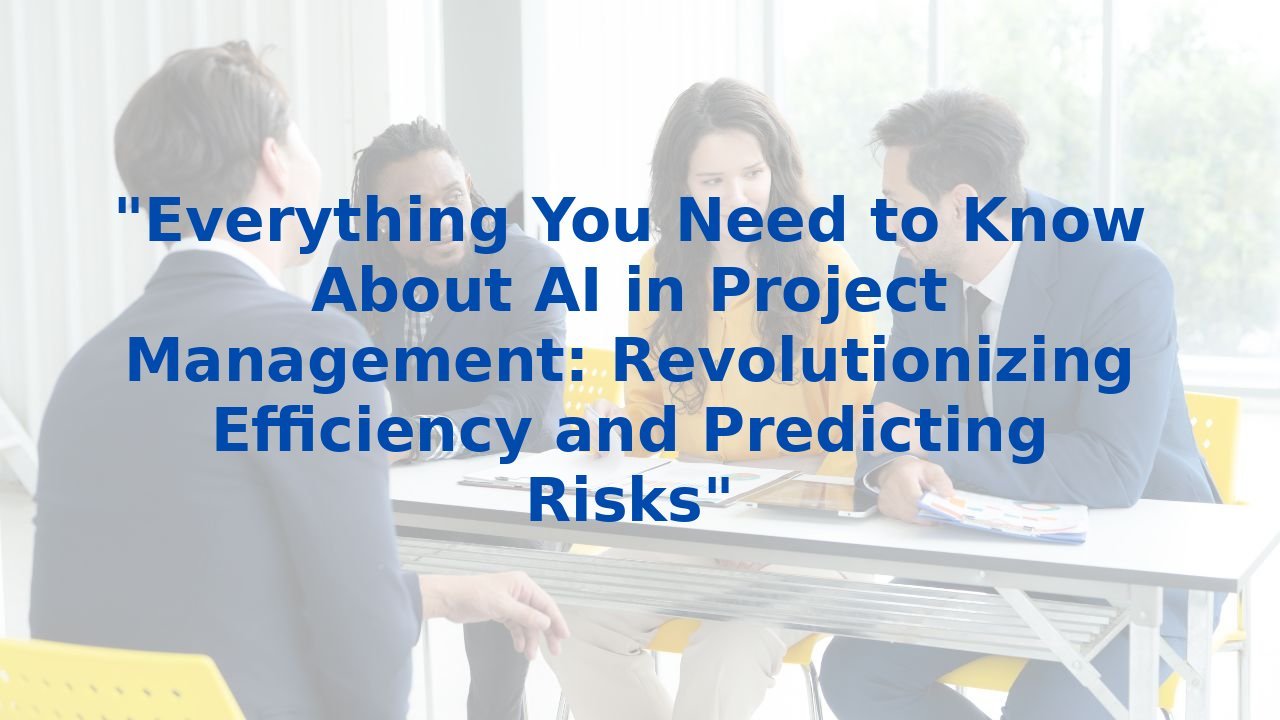Everything You Need to Know About Water Finance: Bridging Public Responsibilities and Private Opportunities
Everything You Need to Know About Water Finance: Bridging Public Responsibilities and Private Opportunities
In the realm of water finance, the intersection of public responsibility and private opportunity presents a unique challenge and a powerful potential. The management of water resources is not just a matter of environmental stewardship; it also embodies economic strategy, risk management, and social equity. To navigate this complex landscape, organizations can implement business processes powered by AI, enabling them to enhance efficiency and decision-making while fulfilling their public responsibilities.
Understanding Water Finance
Water finance encompasses various financial mechanisms aimed at ensuring sustainable water supply and quality. This sector demands efficiency and transparency, given the critical importance of water resources for both society and the economy. AI can invigorate these processes, enhancing data analysis, monitoring, and decision-making in a manner previously unimaginable.
Process Discovery: Identifying Opportunities
At the outset, process discovery is crucial for uncovering inefficiencies in water management systems. AI can quickly analyze vast amounts of operational data—something that would take human teams significant time and effort. Using techniques like machine learning and process mining, organizations can pinpoint bottlenecks and redundancies within their financial management systems. By making these hidden inefficiencies visible, organizations can confidently bridge public responsibilities with private opportunities, ensuring both transparency and accountability.
Process Mapping: Creating Clarity
Once inefficiencies are identified, the next step is process mapping. This involves visualizing workflows and financial models to create a comprehensive blueprint for success. AI tools can help organizations better understand how processes interlink and where delays occur, allowing them to improve both operation and reporting accuracy. By keeping process documentation dynamic and current, stakeholders can make informed decisions that align with both public mandates and private aspirations.
Process Automation: Enhancing Speed and Accuracy
Automation stands as one of the most impactful applications of AI in water finance. With the ability to handle repetitive tasks—like data entry and financial reporting—AI can dramatically reduce the time spent on these processes. The introduction of robotic automation systems ensures that organizations can operate continuously, thereby providing faster and more accurate results. This not only frees personnel to focus on strategic planning and relationship building but significantly enhances the overall efficiency of resource management.
Continuous Improvement: The Self-Optimizing Process
The flexibility of AI fosters an environment of continuous improvement. By employing feedback loops powered by AI technologies, organizations can obtain real-time insights into their operations, paving the way for iterative refinements. This disciplined approach to process management ensures that financial strategies remain agile, adapting to changes in legal requirements or shifts in water supply dynamics.
The Broader Benefits of AI in Water Finance
Integrating AI into water finance not only enhances efficiency but also cultivates improved decision-making capabilities. By analyzing historical and current data patterns, AI can provide predictive analytics that inform stakeholders about potential risks and opportunities. This foresight helps organizations maintain fiscal responsibility, ensuring they remain resilient to changes in market dynamics.
Training for Transformative AI Adoption
The implementation of AI technology can only reach its zenith when organizations prioritize employee training. Investing in comprehensive training programs equips employees to harness AI insights effectively, leading to better collaboration and more informed decisions. Well-trained staff are not just recipients of technology—they become proactive architects of improved workflows and processes.
Moreover, training programs instill adaptability, helping employees navigate the evolving landscape of water finance with confidence. An agile and knowledgeable workforce can embrace ongoing changes brought about by AI, ensuring organizations meet their public responsibilities while maximizing private opportunities.
Conclusion
Water finance is at a pivotal moment where the integration of AI technology promises to transform the sector for future generations. By harnessing the power of AI through process discovery, mapping, automation, and continuous improvement, organizations can better serve their public mandates while identifying private opportunities for growth and sustainability. When coupled with strategic employee training, the potential for resilience, efficiency, and insight becomes not only attainable but inevitable. The future is bright when we align public responsibilities with private opportunities—driven by innovative technology—and water finance is poised to lead the way.



